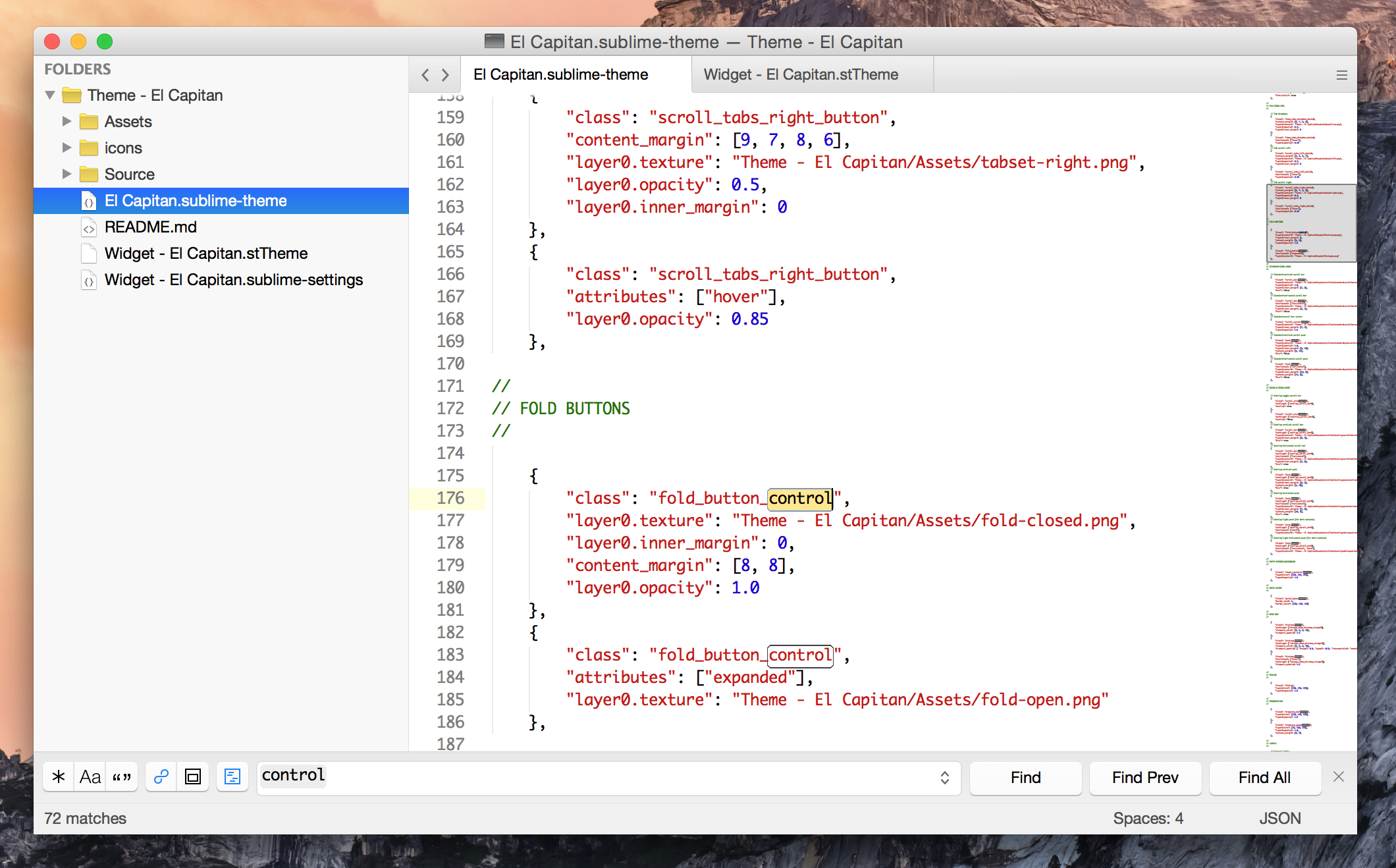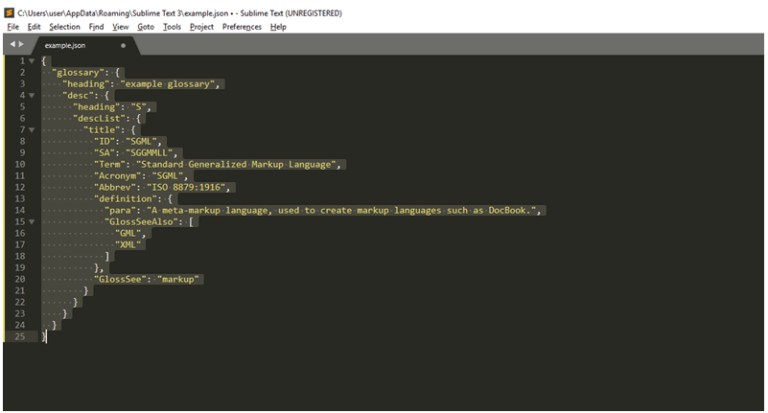
They might make sense to you, and they might make sense to some of your colleagues, but without you spelling out explicitly what they are, other people might have difficulty understanding them, and if they ever make their own changes to the text, there’s a good chance they’ll break your conventions and introduce their own. Even if you manage to create an error-free text that uses a particular set of conventions consistently, they are still just your own conventions.

What if you forget your own convention and write a name in italics rather than in bold, or use square brackets where you should have used curly brackets? When working with plain text, HTML, or a word processor, there’s nothing to tell you when you’e made a mistake, because the computer isn’t aware of your conventions.
#SUBLIME TEXT FORMAT XML MANUAL#
If not, then once again, you have a lot of manual filtering to look forward to. If you were smart enough to reserve bold only for personal names, it might be easy to make this kind of change. What if you decide that you don’t want personal names to be in bold, but in a different color? In an approach that combines structure and presentation, you’ve have to change every instance of personal names in the text so that they’re displayed in a different color rather than in bold.

This means that, if you wanted to isolate all of the personal names, you couldn’t just search for everything you’ve put in bold you’d have to do this and then manually filter out the other stuff. Unless you’ve decided to use bold for personal names that occur in the text and nothing else, there’s a strong likelihood that “bold” in your text will also mean something else, like emphasis, or a citation of the base-text in a commentary, etc.

For example, let’s say I have a text that mentions the name of an author. What the TEI focuses on is the actual feature that is encoded in a text, rather than the way in which it happens to be presented in a given medium.
#SUBLIME TEXT FORMAT XML HOW TO#
TEI stands for the Text Encoding Initiative, a “consortium which collectively develops and maintains a standard for the representation of texts in digital form.” The current standard published by the TEI is the P5 Guidelines, which provided detailed instructions for how to represent various aspects of a text in digital form.Įncoding just means representing a particular feature of a text in a particular form.


 0 kommentar(er)
0 kommentar(er)
